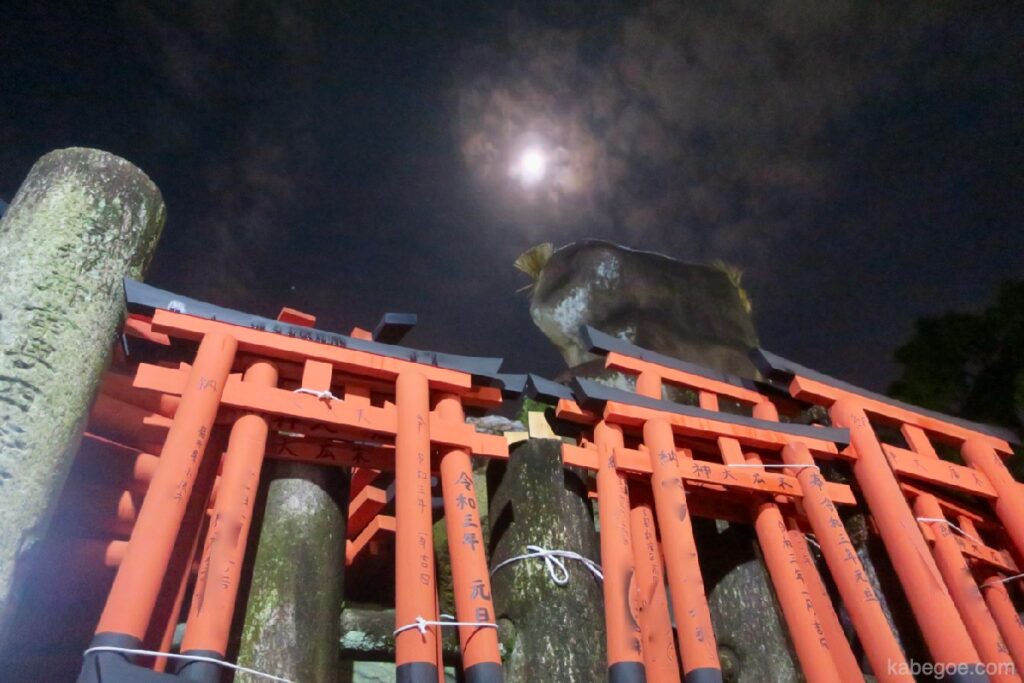
Article summary
・ Fushimi Inari Taisha is actually open 24 hours a day
・ There are few tourists at night and it is fantastic
・ Be careful of insects and wild animals in summer
What is Fushimi Inari Taisha?
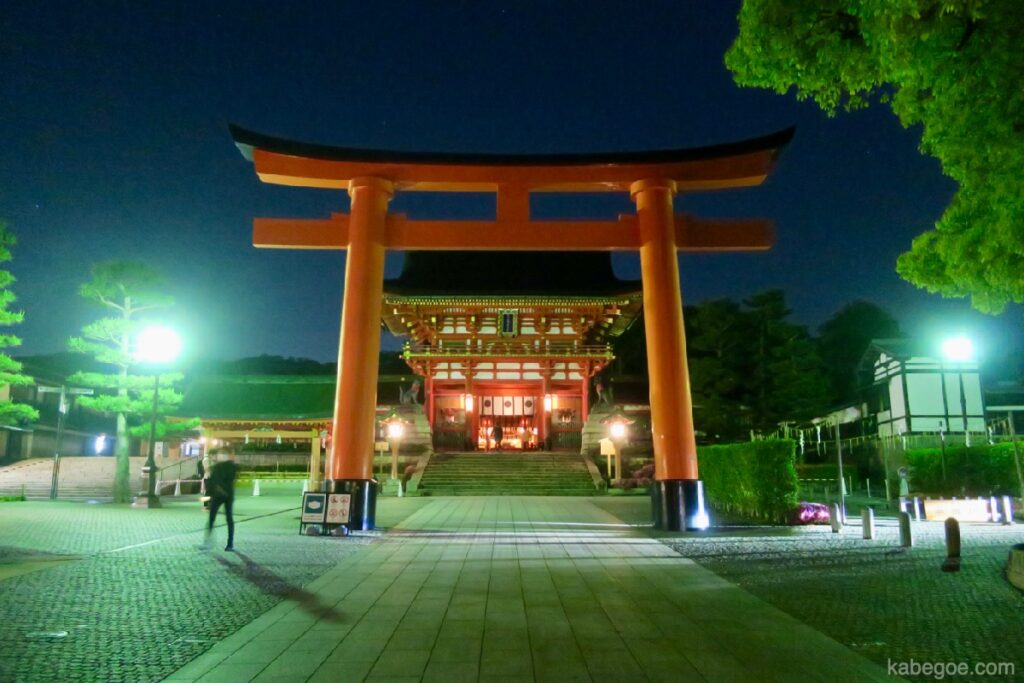
Fushimi Inari Taisha is a shrine located in Fushimi Ward, Kyoto.
Although it is a very famous spot, it is not known that it is open 24 hours a day, and it is one of the few night sightseeing spots in Kyoto.
We will introduce the charm of Fushimi Inari Taisha Shrine at night, which is a bit different from the daytime.
Be careful in summer
It is not recommended in summer as it may cause heat stroke and the chances of encountering insects and wild animals increase.
The best season is spring and autumn, when it's a little chilly.
If possible, visit with two or more people.
Inari's head temple
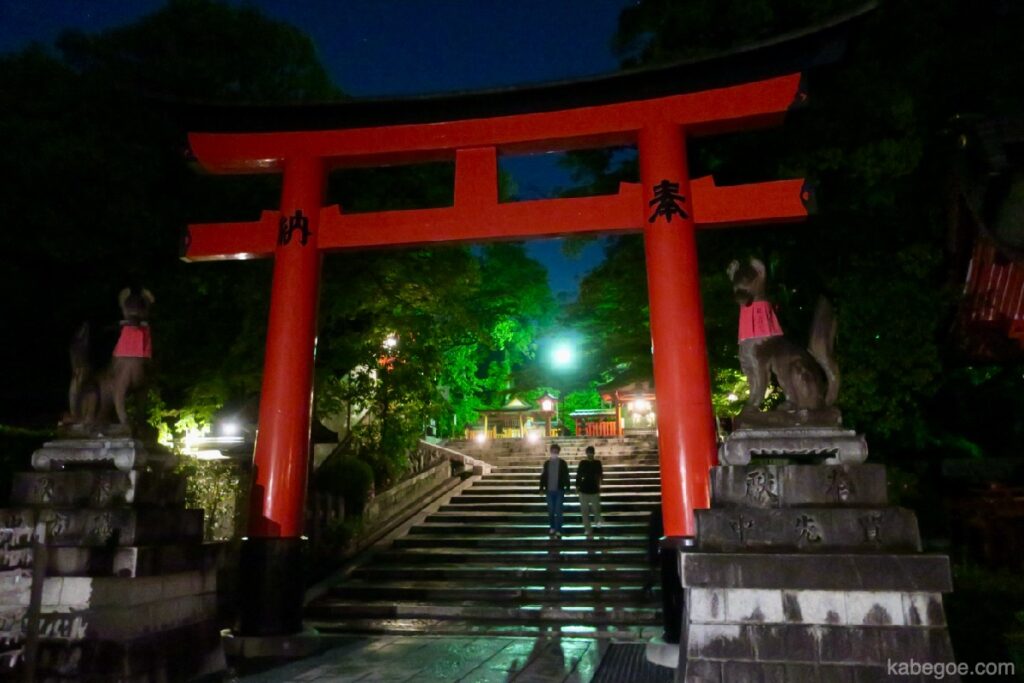
Fushimi Inari Taisha is the head temple of more than 3 Inari shrines nationwide.
With a history of 1300 years, it is the shrine with the most worshipers in the Kinki area. (4th in Japan)
Why are there foxes?
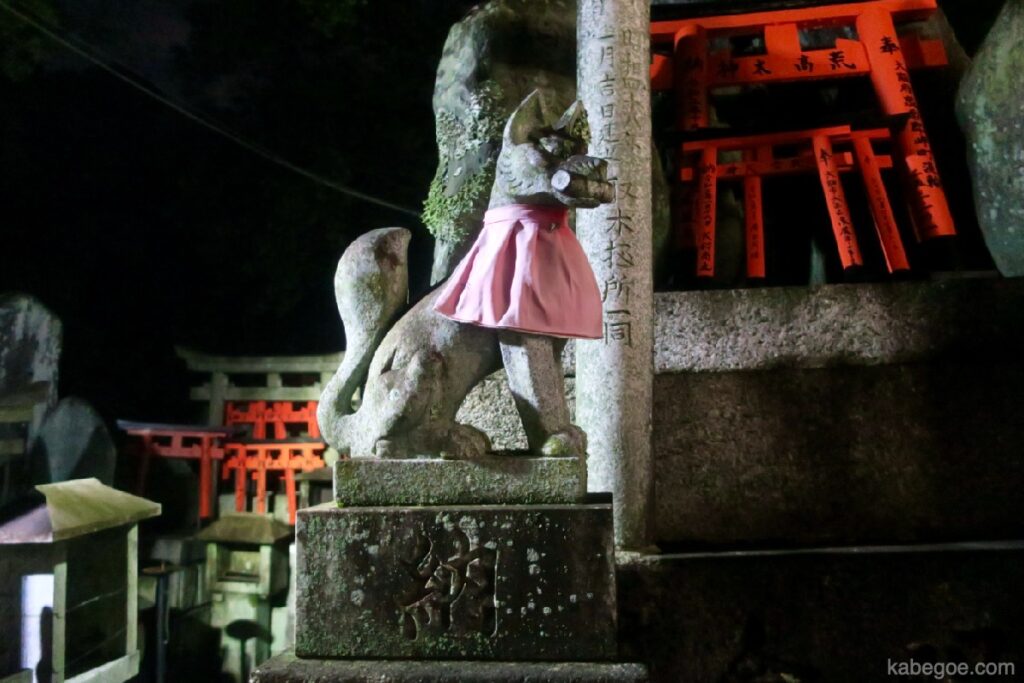
Many people think of Inari Shrine as a fox.
Inari-san (Inari Daimyojin) is the god of grain and agriculture in the first place.
The fox catches the rat that ruins the grain, and because it resembles an ear of rice with a golden tail, it has come to be considered as Inari's messenger.
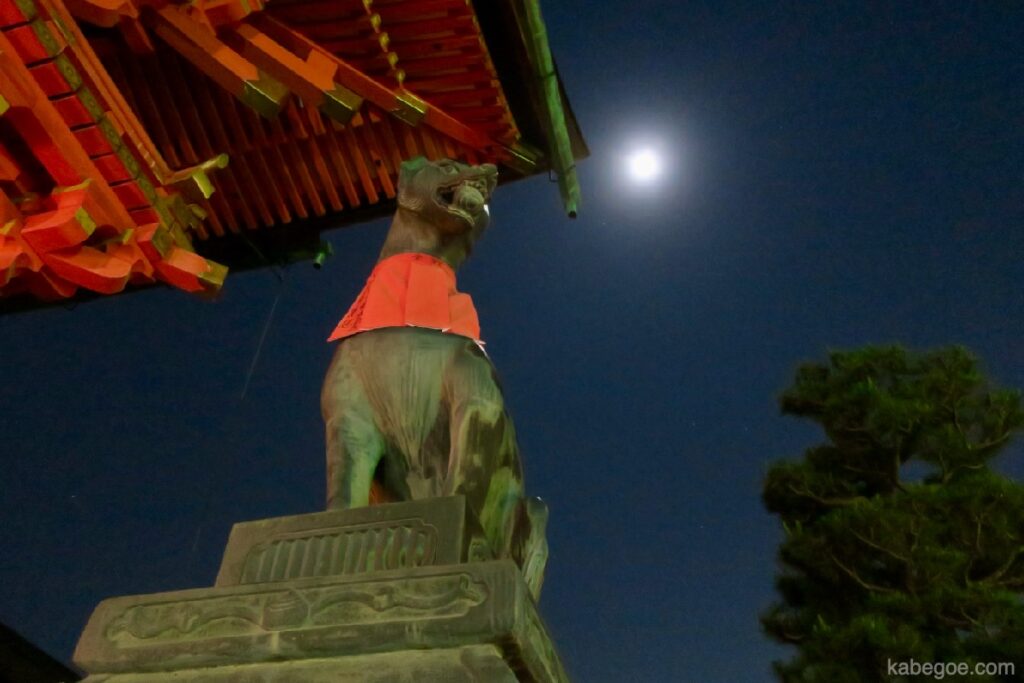
Therefore, most Inari shrines have fox statues.
(Depending on the area, it may be interpreted as Inari-san = fox)
Fox to votive tablet

The votive tablet of Fushimi Inari Taisha is also in the shape of a fox.
As a messenger of God, it looks like it will be delivered to God properly.
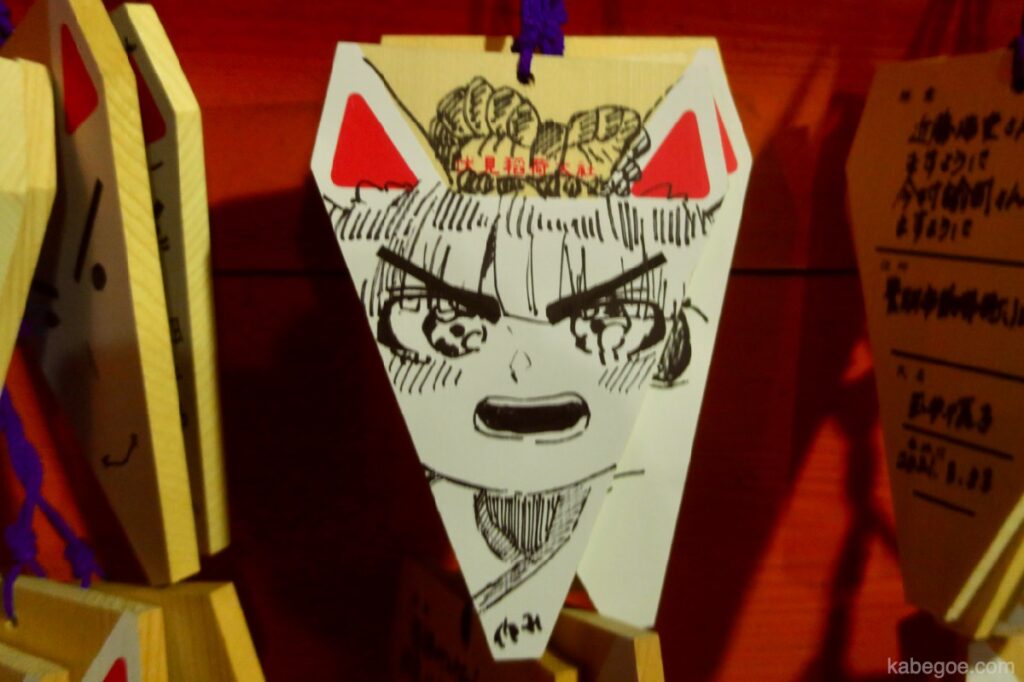
Some votive tablets are no longer the prototype of the fox.
If you want to write votive tablets, visit from 8:30 to 16:30 instead of at night.
What does Senbon Torii mean?
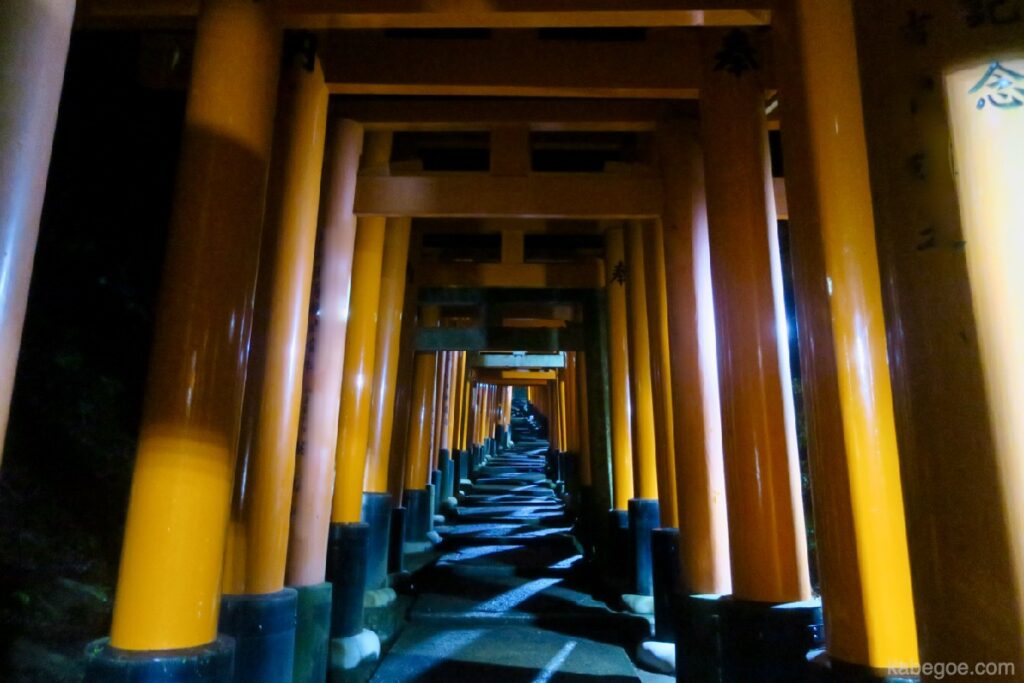
Speaking of Fushimi Inari Taisha, Senbon Torii is famous.
The reason why the torii is built in the first place is to make it possible to understand the "boundary between the sanctuary (where God lives) and the place where humans live".
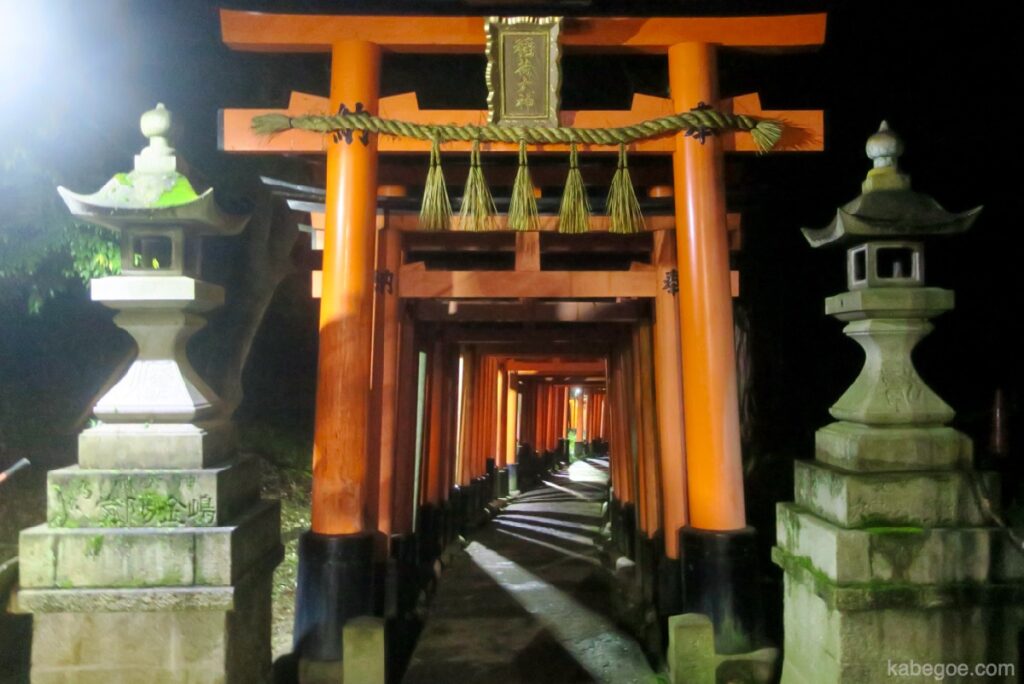
In the case of Fushimi Inari Taisha, it has a slightly different meaning, and since the Edo period, the torii has been dedicated to the meaning of "a wish has passed (fulfilled)".
Today, there are more than XNUMX torii gates, not just a thousand.
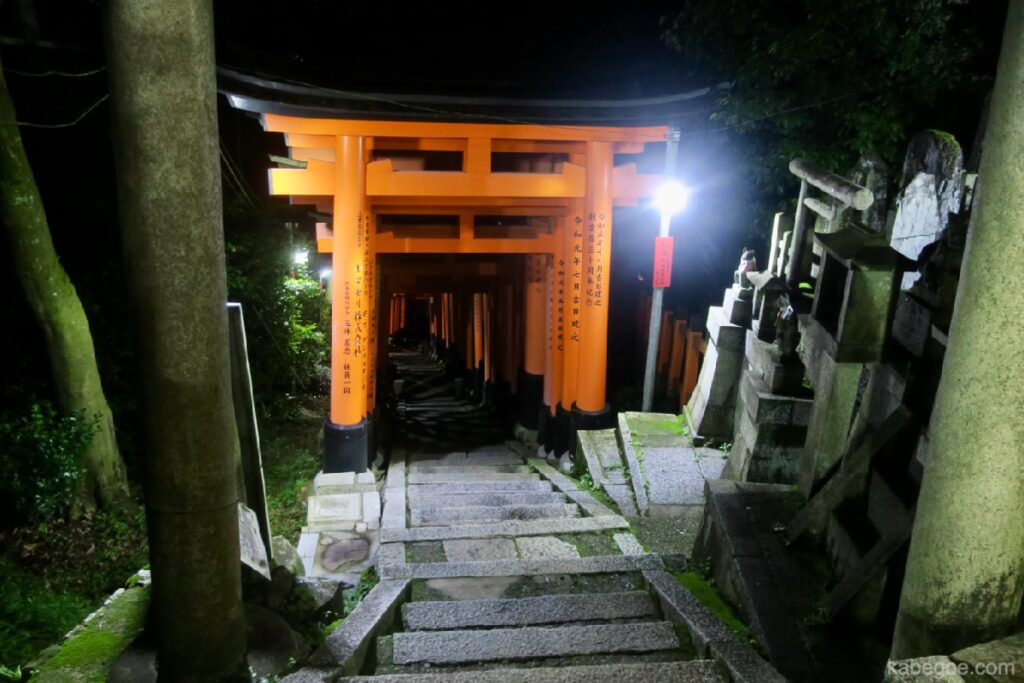
The torii can be dedicated for about 21 to 160 million yen, so if you are interested, please build it.
Torii dedication information: Official website
Highlights of Fushimi Inari Taisha Shrine at night
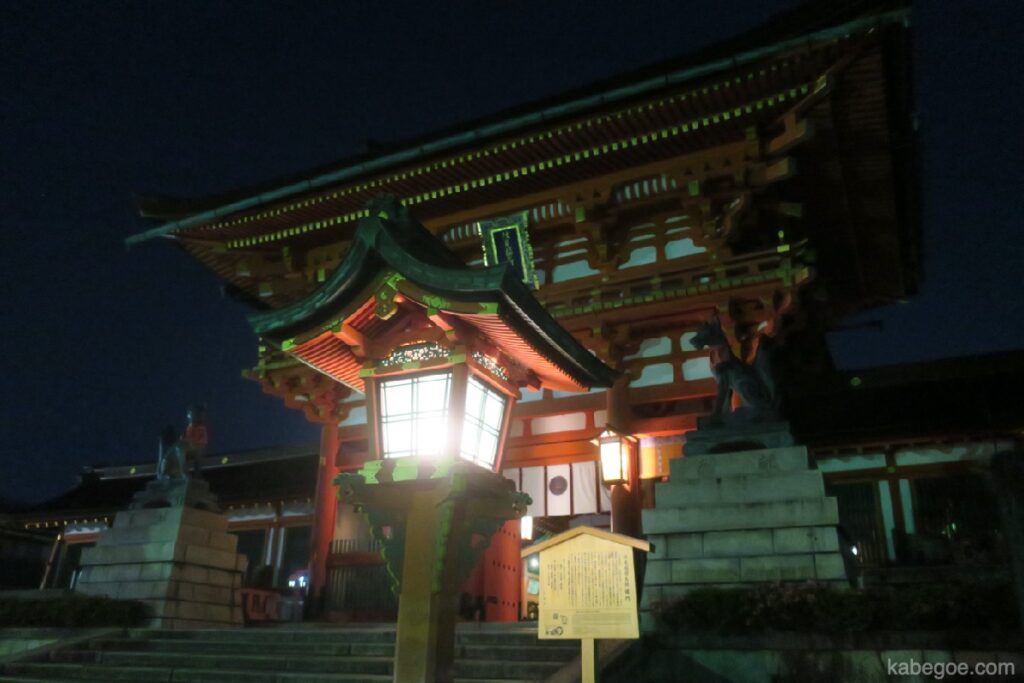
Let me introduce you to Fushimi Inari Taisha Shrine at night.
First of all, there is a mountain on the site of Fushimi Inari Taisha Shrine, which is extremely large.
Let's climb at night by "Yotsuji" on the way.
Beyond that, there are fewer people and it is dangerous because your feet are dark.
(There are shops in the daytime, so I'd like to climb to the top of the mountain.)
Atmosphere unique to the night
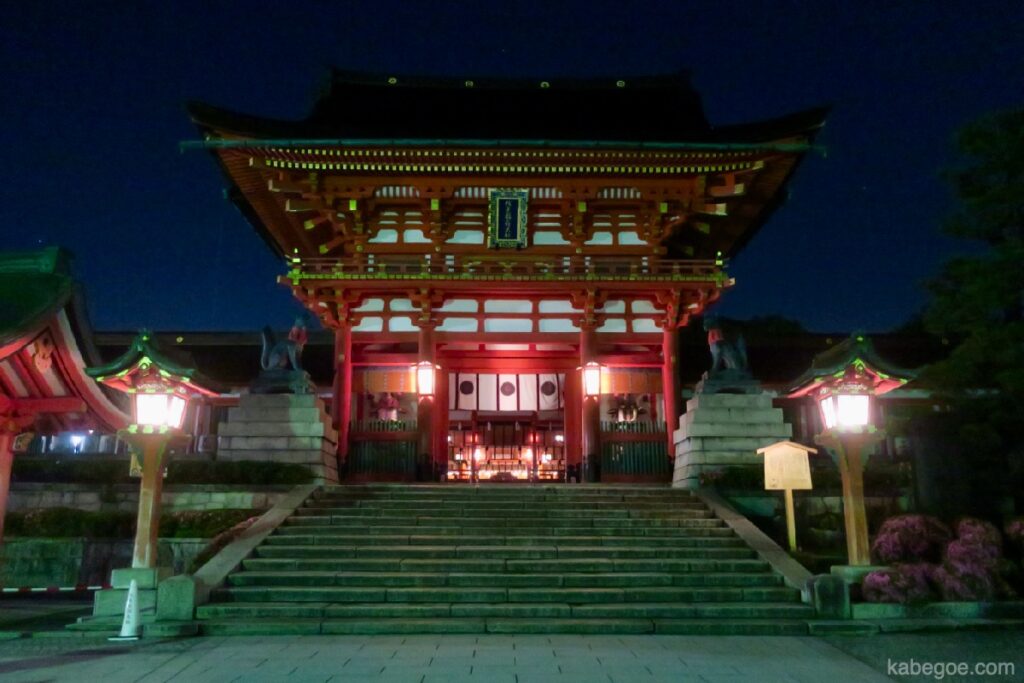
First of all, from the front entrance.
It is full of people during the day, but very quiet at night.
The light up is moderate, and you can enjoy the solemn atmosphere of the shrine.
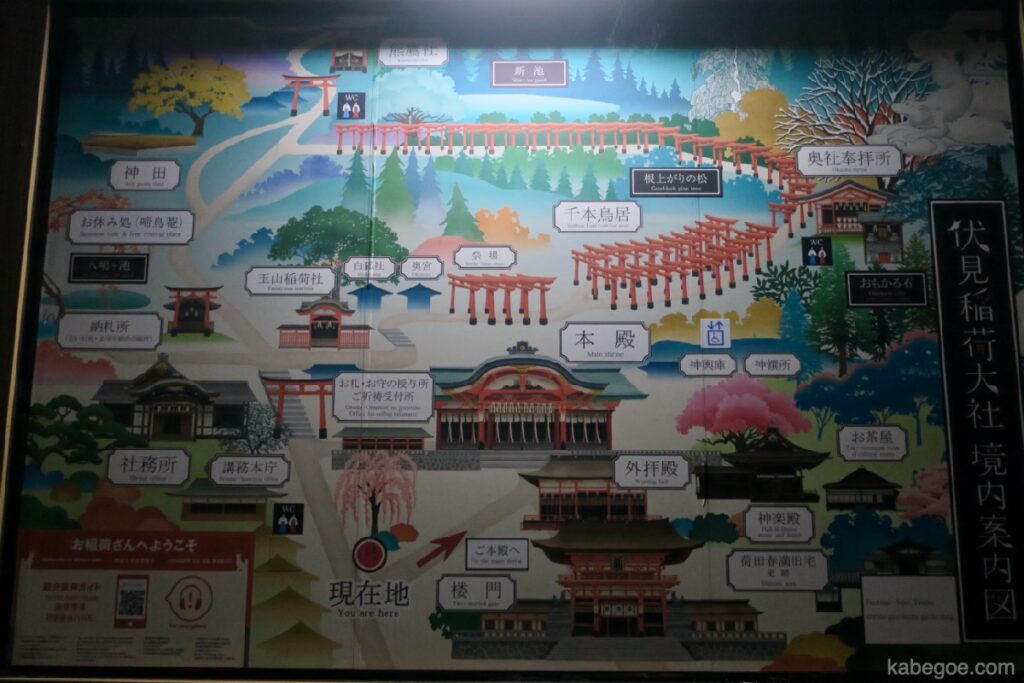
There is a map in the precincts, so let's visit along the guide.
The main shrine of Fushimi Inari Taisha
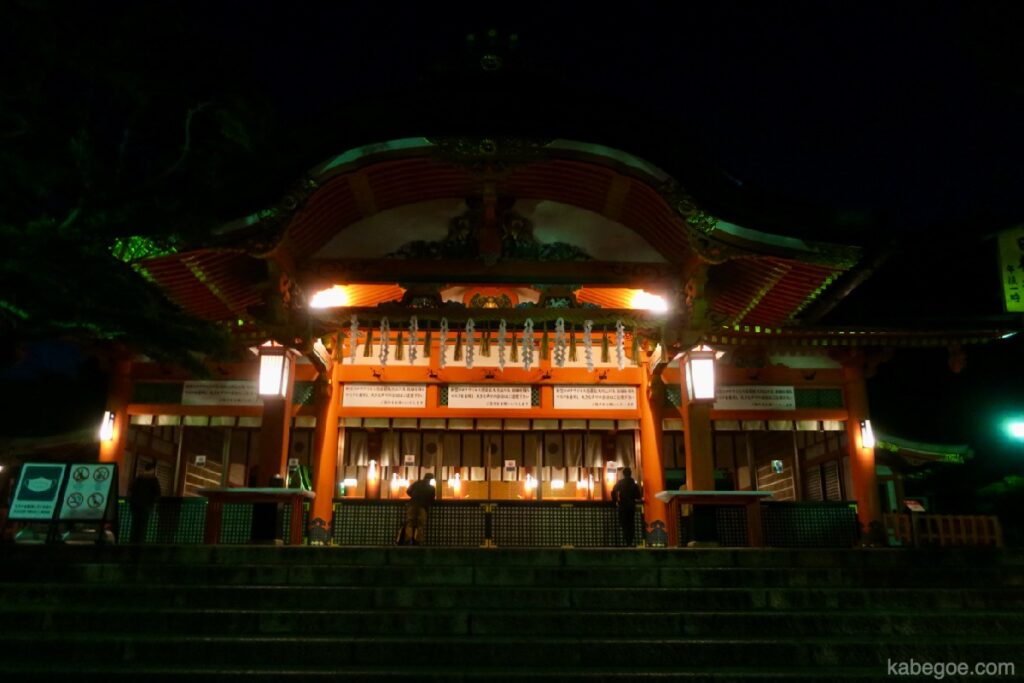
It is said that Fushimi Inari Taisha was founded around 710, and has a history that appears in Pillow Soshi and Konjaku Monogatari.
The main shrine disappeared due to the Onin War, but was rebuilt in 1499.
It is so beautifully maintained that you can't think of it as a 500-year-old building.
The beginning of the Senbon Torii
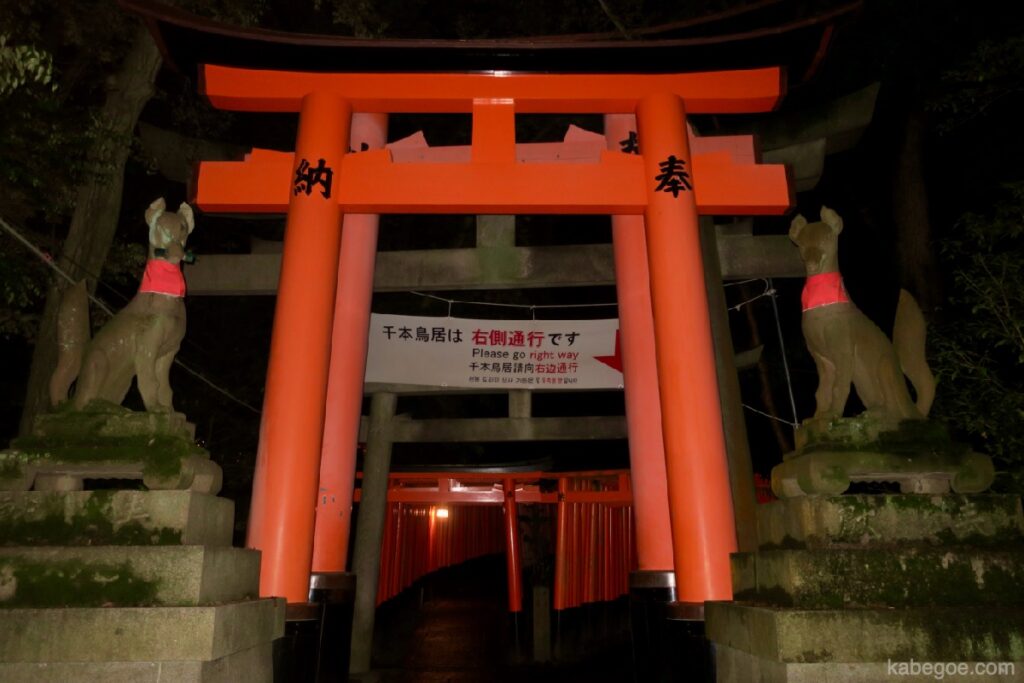
If you go a little further, you will see the beginning of Senbon Torii.
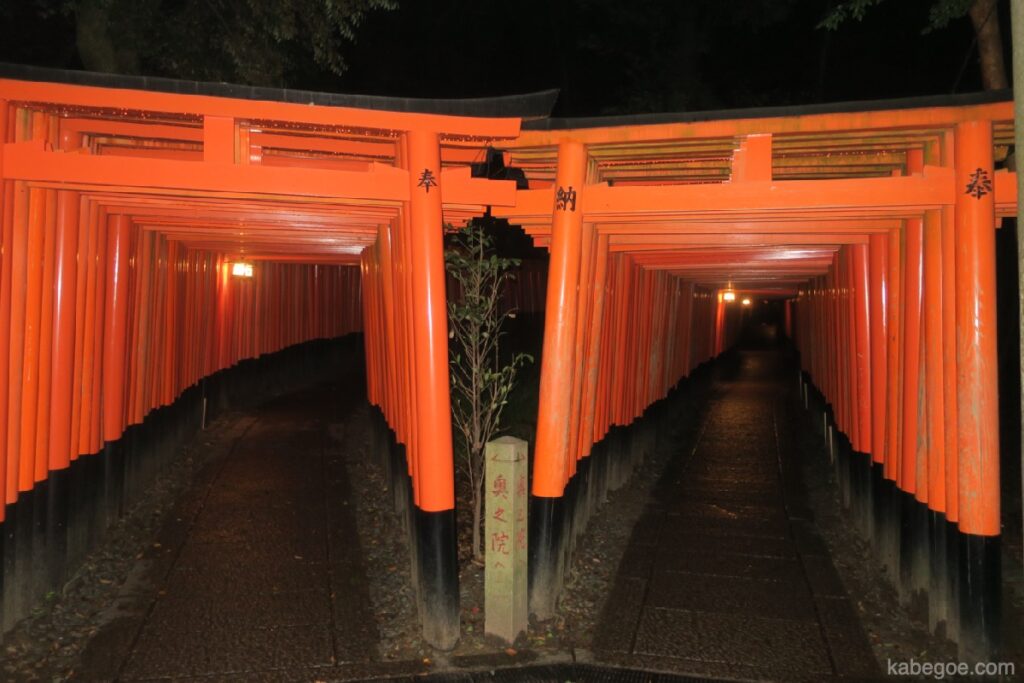
People line up in front of the torii gate in the daytime, but since it's nighttime, almost no one is there.
I went there around 8 pm, but a few people passed by.
Omokaru Stone
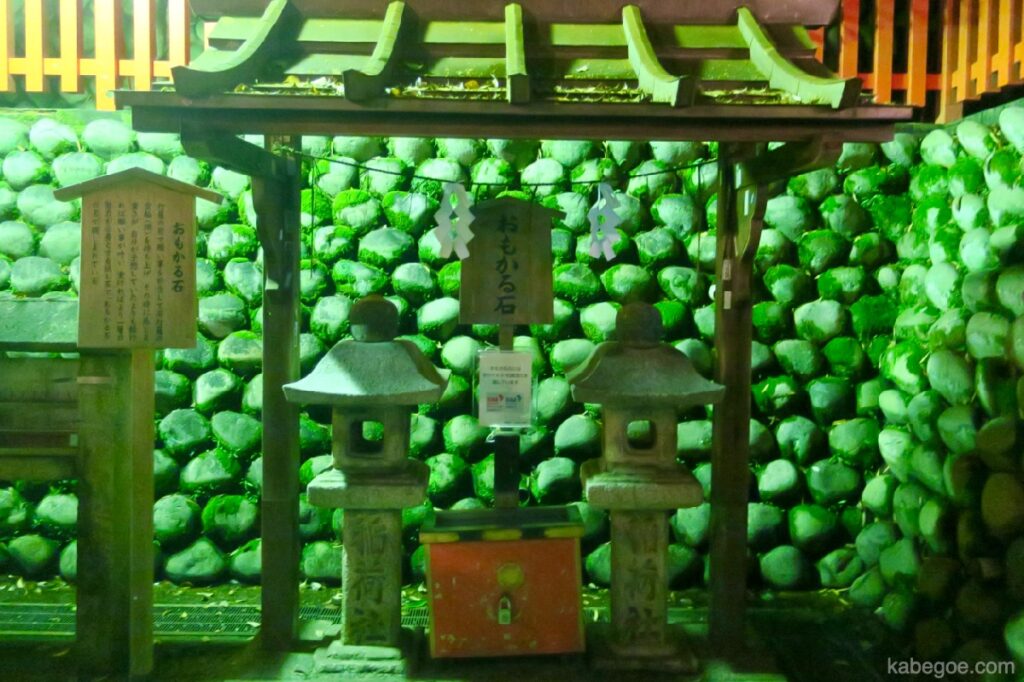
At Fushimi Inari Taisha Shrine, there is a famous stone called "Omokaru Stone".
First, make a wish and then lift the round stone placed in the lantern.
At that time, if the stone is lighter than expected, the wish will come true, and if it is heavier than expected, it will still require effort.
Don't worry if you think, "It's a bit of a human touch in this corona era ...".
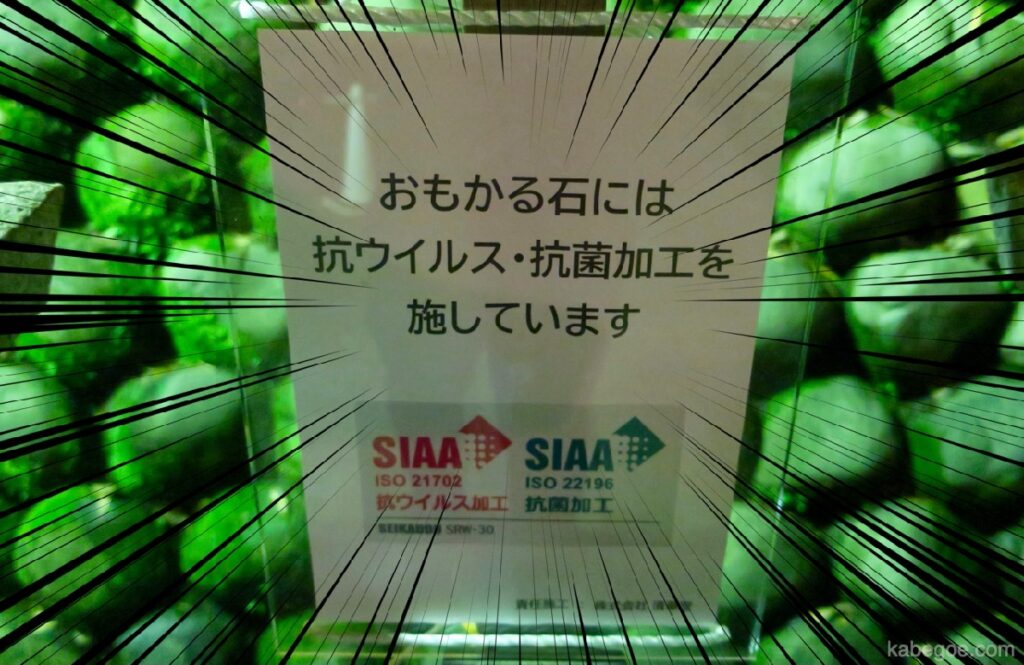
Omokaru Stone has anti-virus processing!
Antibacterial treatment can also be applied to stones.

In the daytime, there is a line waiting for "Omokaru Stone", but at night you can touch as much as you want.
On the other hand, some people may pass by because it is too inconspicuous, so don't miss it.
"Omokaru Stone" is placed in the place (on the far right of the photo) through the first Senbon Torii gate.
Aim for Yotsutsuji
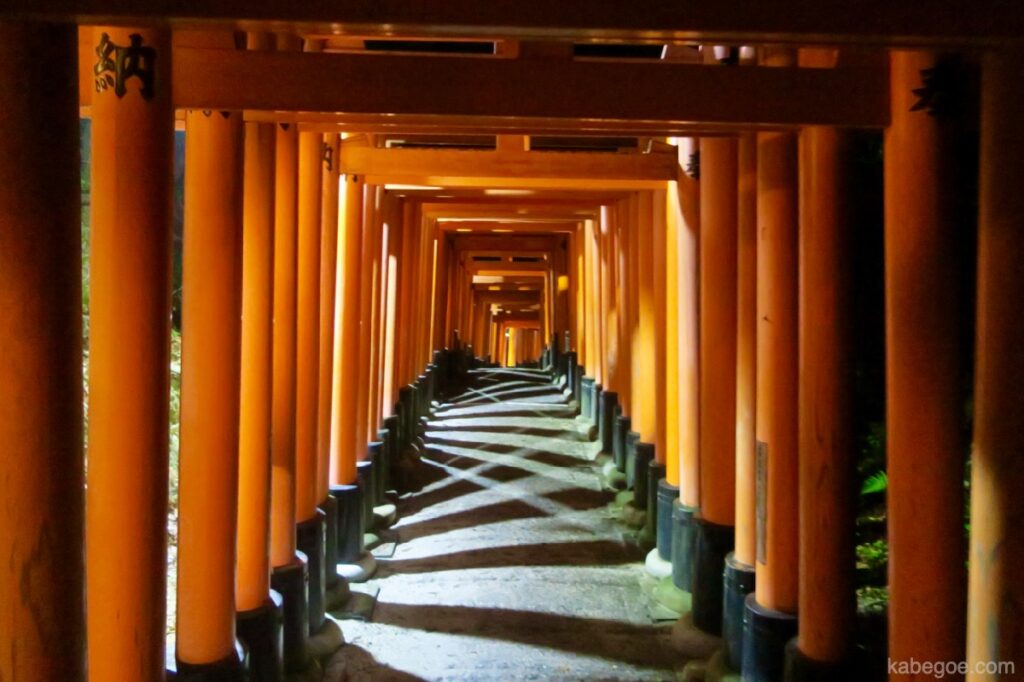
After that, I will continue to climb toward Yotsutsuji, where the observatory is located.
It's almost a straight road, so I don't think you'll get lost.
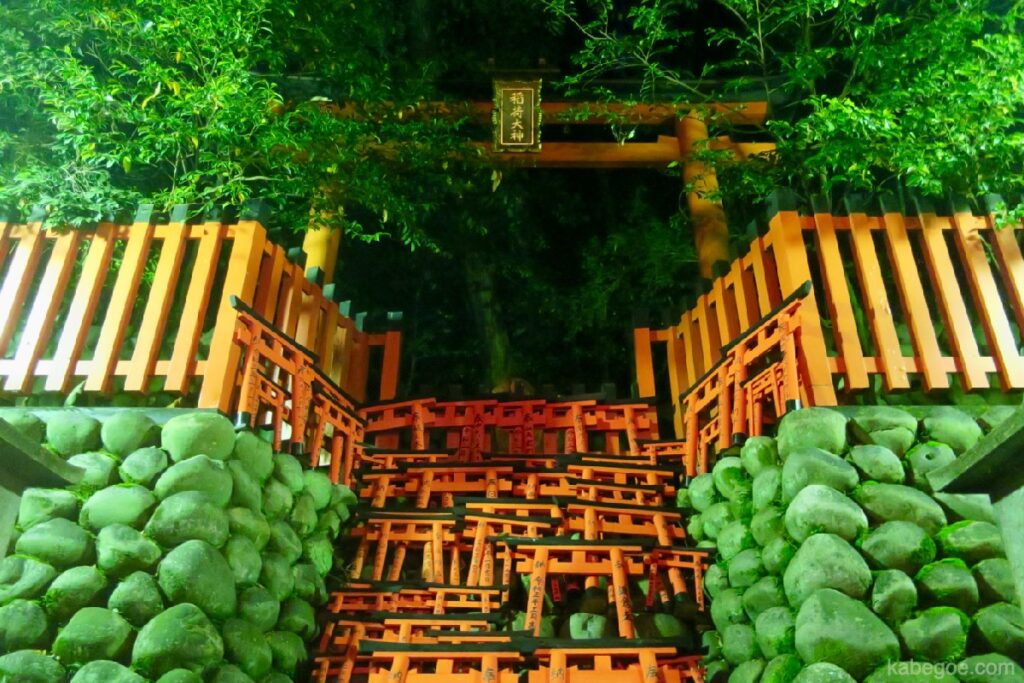
Many mini torii gates are dedicated along the way.
Let's proceed while making a moderate detour.
Lots of cats?
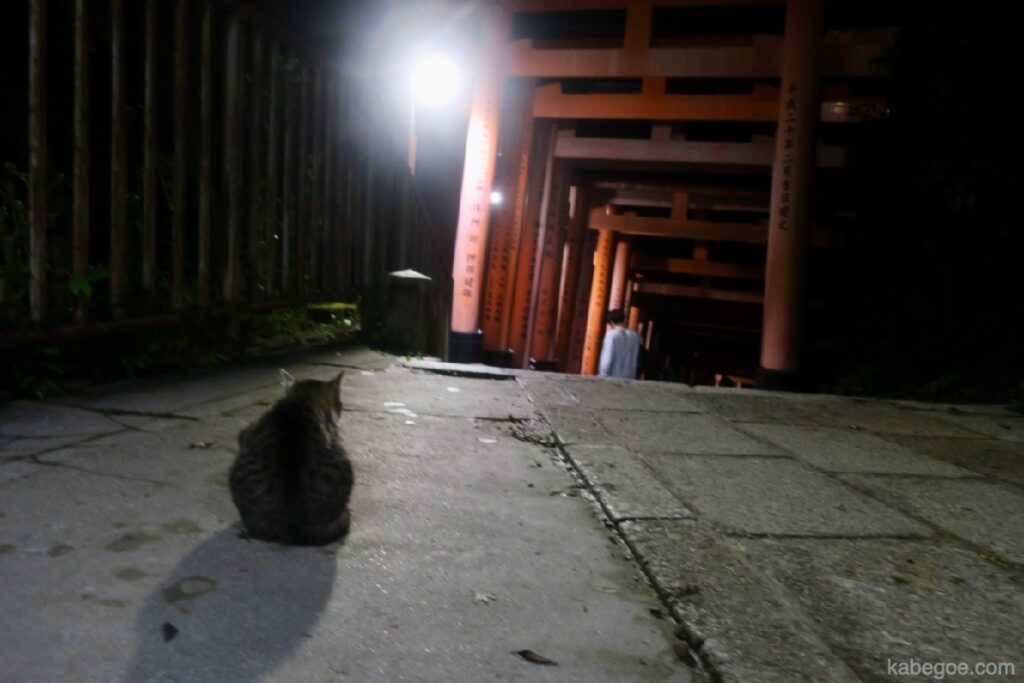
I knew there were many torii gates, but I was surprised that there were many cats.
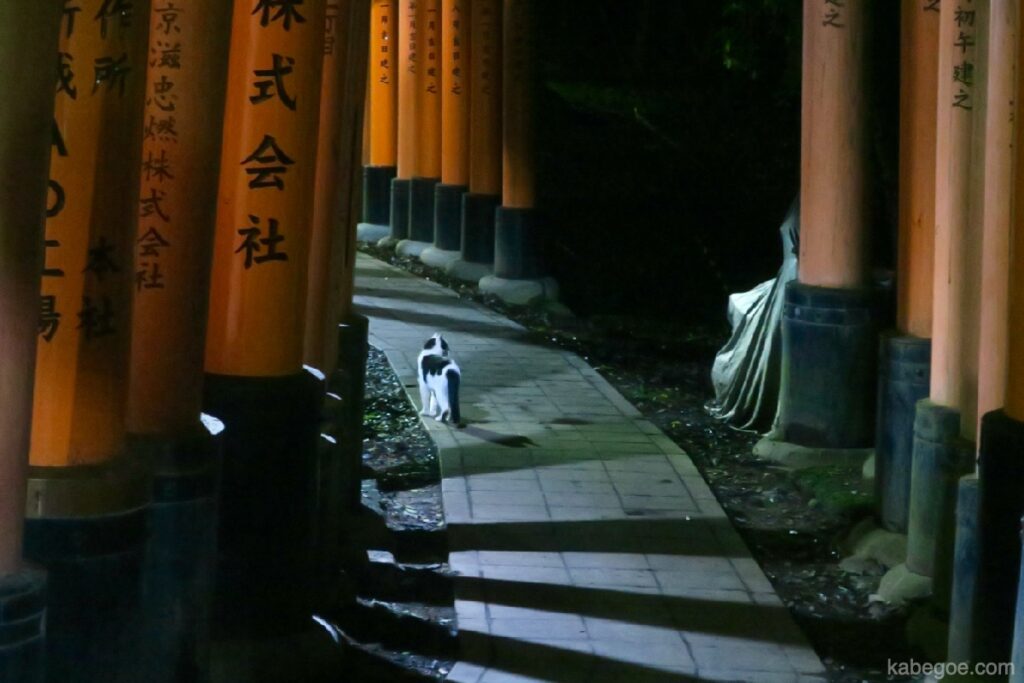
I saw XNUMX-XNUMX cats, such as a cat sitting in the corner of the road looking at tourists and a little scared cat staring at an empty space.
It has no religious meaning like the deer in Nara, it just seems to live.
The only fork
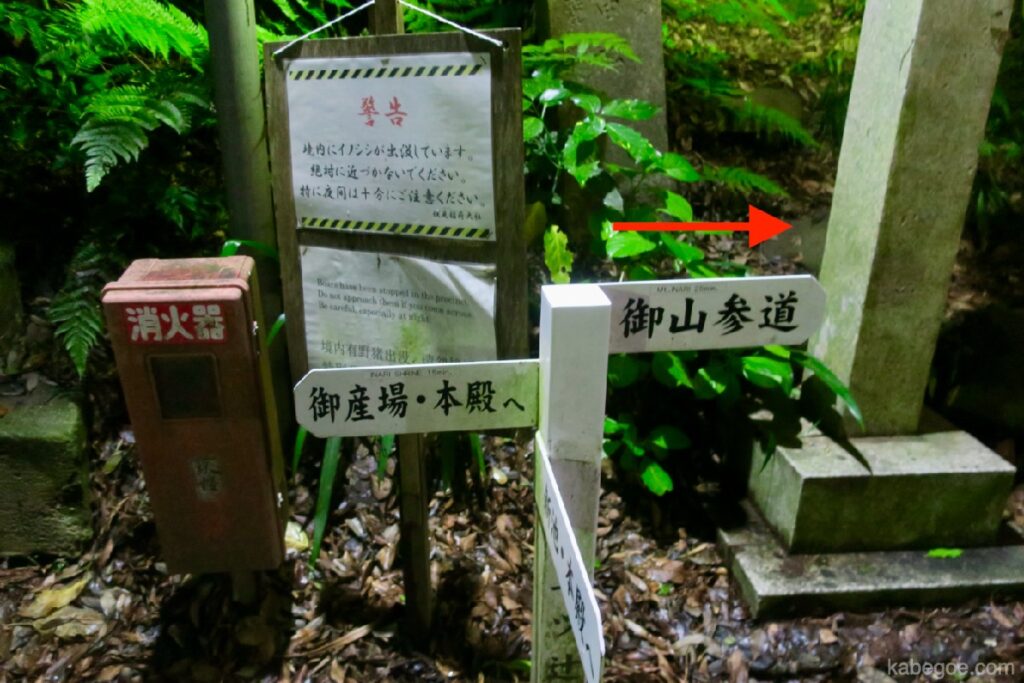
As you climb, you will reach almost the only fork.
If you go to the left, you will be on your way home, so be sure to head toward the "Miyama approach" on the right.
On the way back, take the "To the main shrine" on the left and it will be a shortcut to the station.
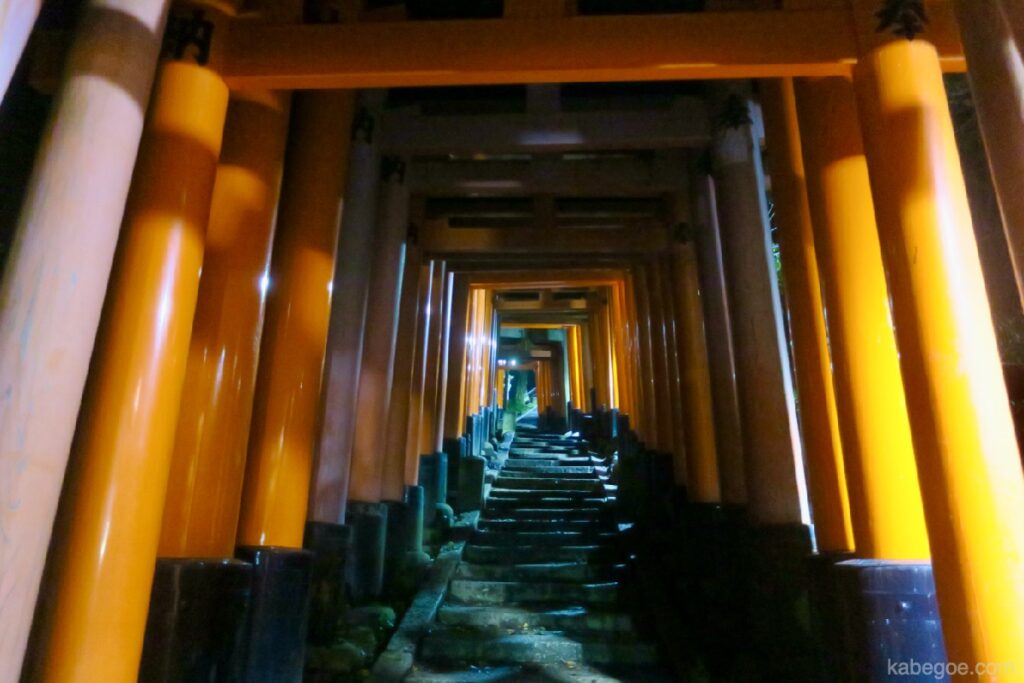
When I got tired of Senbon Torii, I finally arrived at Yotsutsuji.
To Yotsutsuji (Observatory)
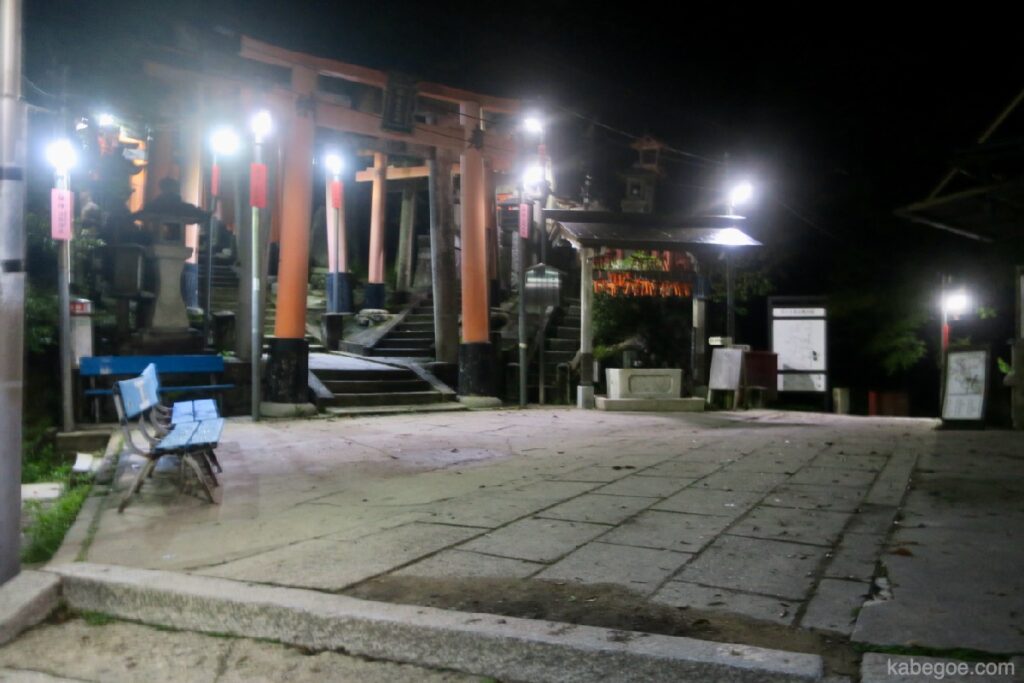
If you come to a place with a lot of farewell roads, that is "Yotsuji".
It takes about 60 minutes from the entrance because I'm climbing while taking pictures so far.
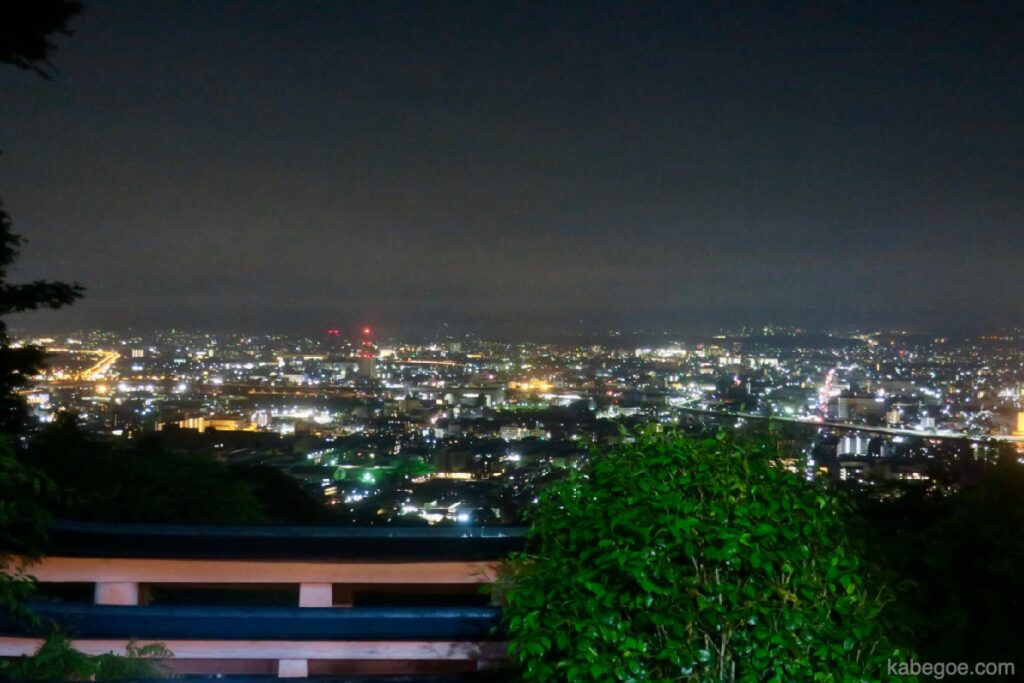
"Yotsuji" is said to be a night view spot, but the scenery is not so good.
The field of view is not so open, so it is a level that you will not notice unless you tell me.
(On the contrary, if you don't expect it, maybe it's good enough?)
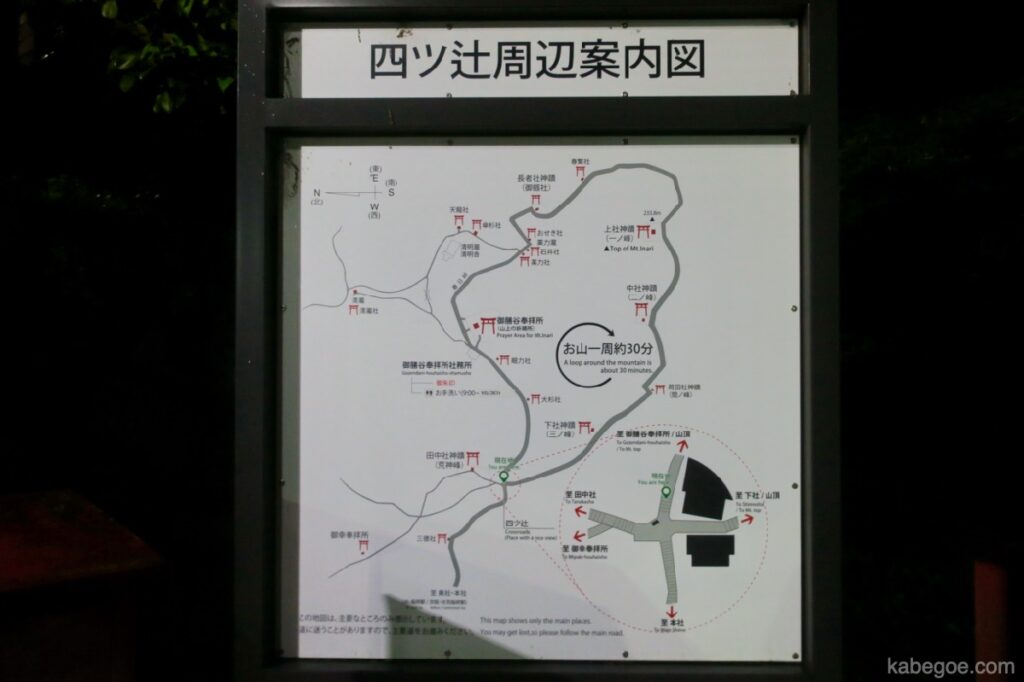
You can climb further, but we recommend that you turn back at this Yotsuji.
From this point onward, only similar scenery will continue, and there will be fewer people and there will be dangers such as darkness and wild animals.
If you go from Yotsutsuji to the summit and come back, it will take 30-40 minutes to go around.
What is ahead of Yotsutsuji?

For the time being, I have climbed the tip of Yotsutsuji, so I will briefly introduce the photos.
Mitsurugisha
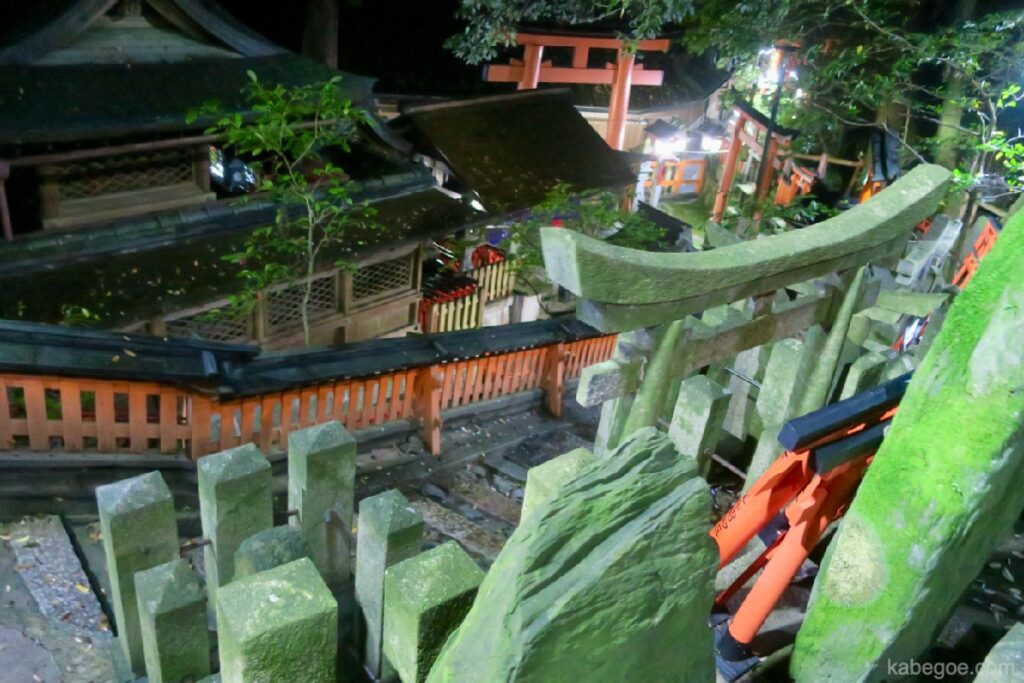
It is a cool shrine with "Tsurugi" in its name.
A swordsmith named Munechika Sanjo has been handed down as a place where Emperor Ichijo's treasure sword "Kogitsunemaru" was trained.
The fox helped me make the sword, so it became a sword with this name.

The water at the entrance also comes out of the sword.
The shop is closed
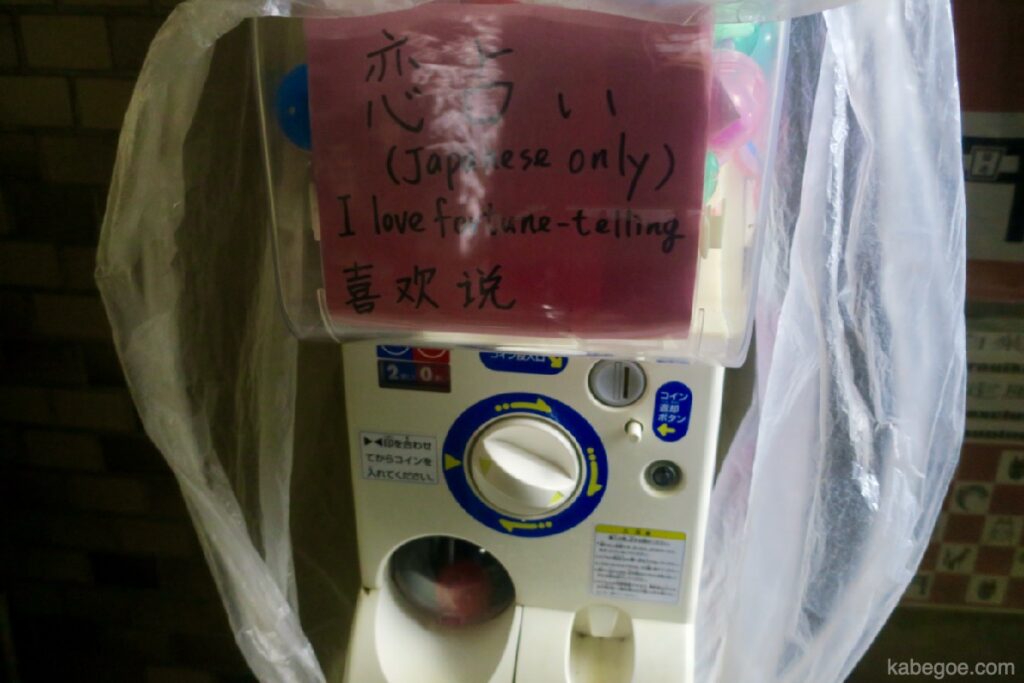
You can take a break and eat during the day, but it is closed at night.
At night, you can only buy a love fortune-telling fortune-telling, so don't forget to bring two 100-yen coins.
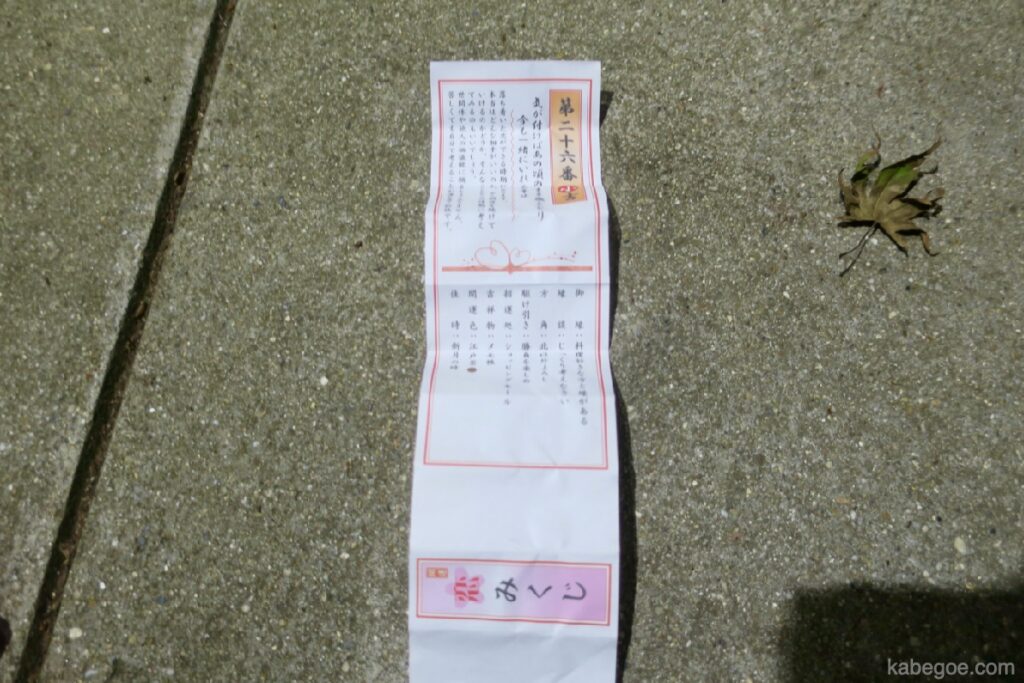
Kokichi!
Travel time is 90 to 120 minutes
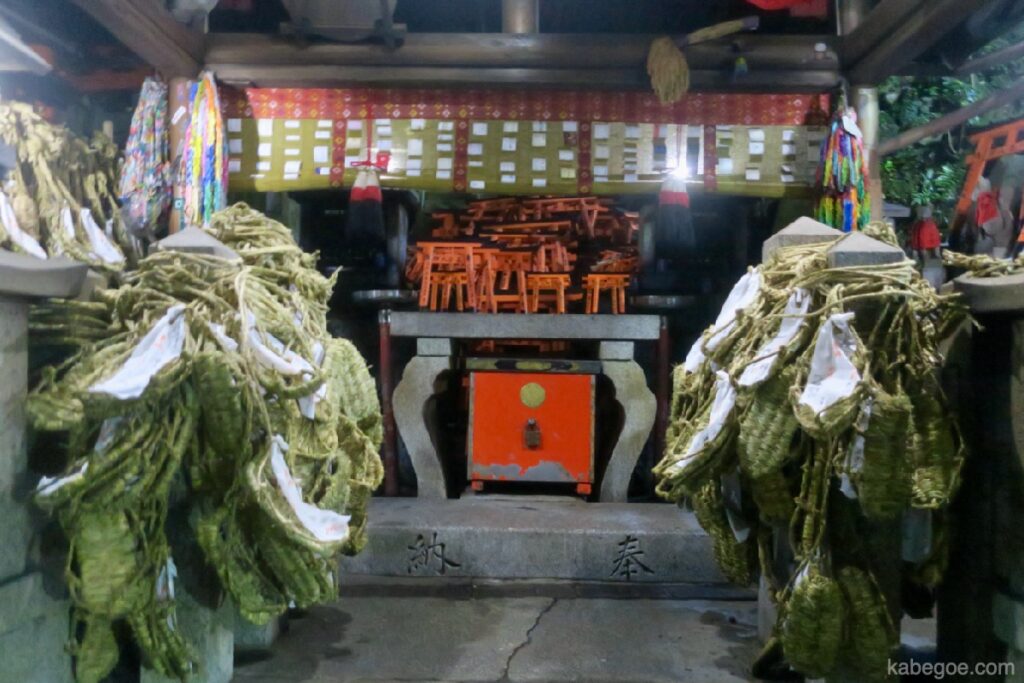
It takes about 60 minutes from the entrance to Yotsutsuji while sightseeing.I don't make a detour on the way back, so I think it takes 30 minutes, for a total of 90 minutes.
If you walk slowly or take a break, you'll want to see 120 minutes.
Night notes
Wear comfortable clothes
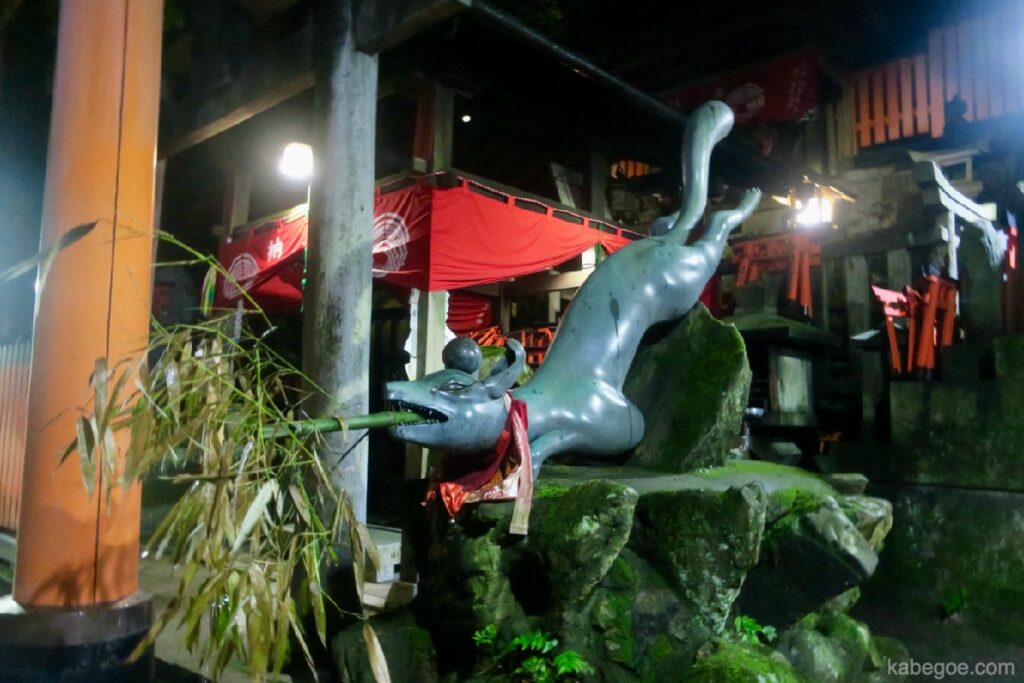
As you walk around, be sure to wear comfortable clothes.
The ground is cobbled all the time, so ordinary athletic shoes are fine.
Beware of wild animals

Monkeys and wild boars appear at Fushimi Inari Taisha Shrine.
There are no unfortunate accidents yet, but be careful not to be the first victim.
If it's too late at night, the number of worshipers will decrease, so be sure to arrive at around 20:00 and return at 22:00 at the latest.
Especially for women, I think it's better to go with two or more people.
No flashlight required
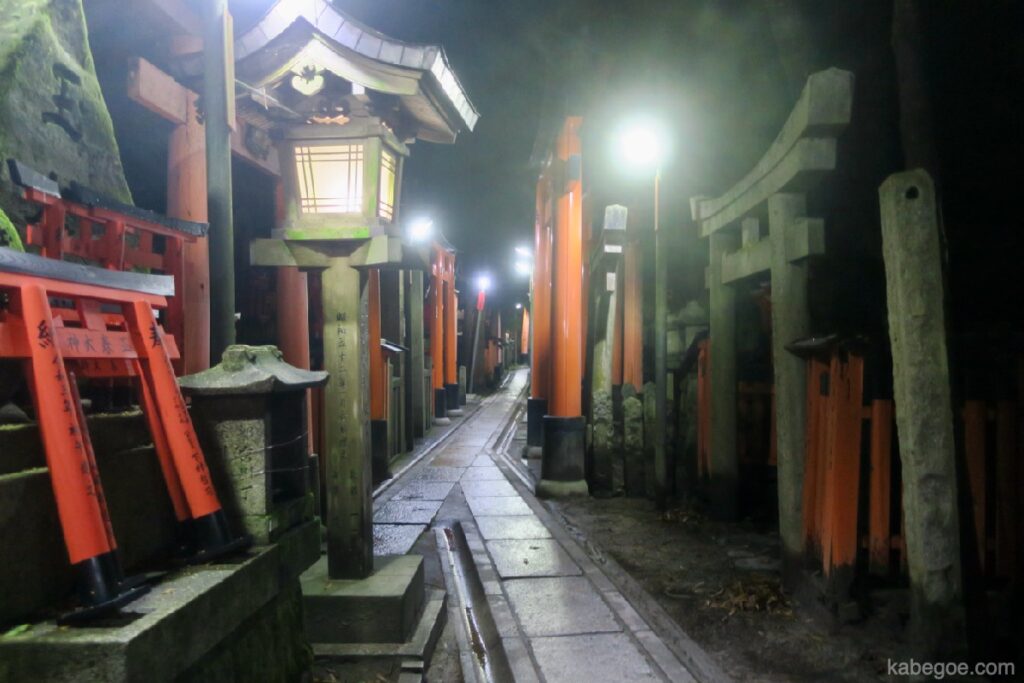
I didn't use a flashlight because it was lit up properly.
There are some dark roads, but I personally think that the light of the smartphone is enough.
Bring your own drink

There are vending machines in the mountains, but they are more expensive than on the ground.
There is also a convenience store near the station, so be sure to procure drinks.
Toilet is done by the time you climb the mountain
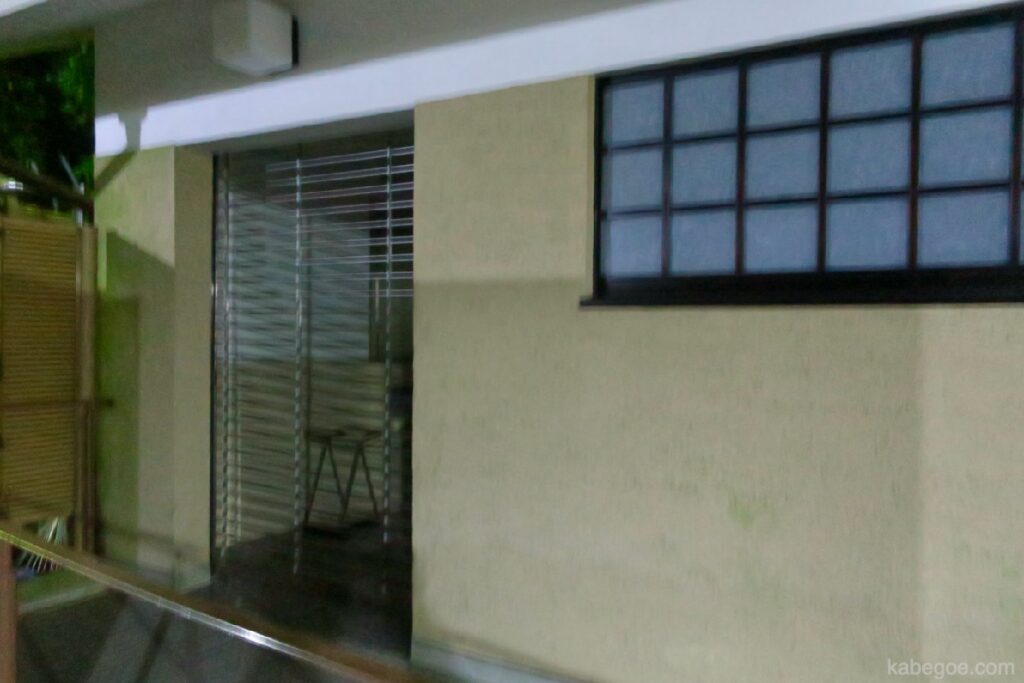
The toilet in the mountains is closed.
Let's finish at the station or the toilet near the entrance.
Avoid midsummer as much as possible
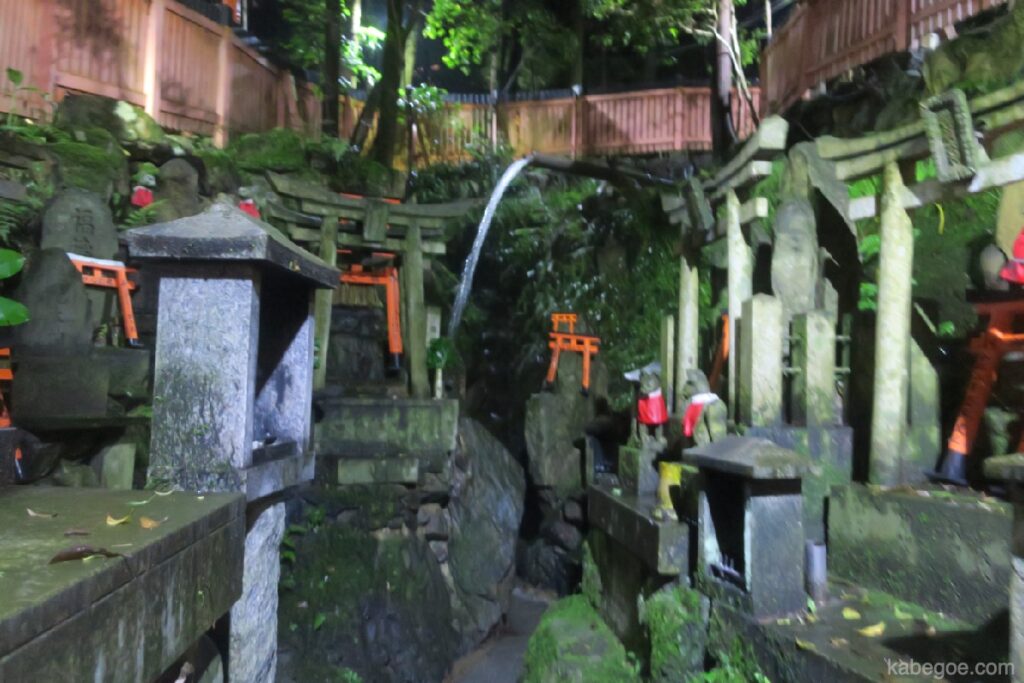
When it gets hot, the chances of encountering wild animals and insects increase.
Aim for a cool day in spring or autumn.
Admission time and admission fee

| Opening hours | Open 24 hours (stores are open from 8:00 to 16:30) | |
| Closing days | open every day of the year | |
| Admission fee | Free | |
It is open 24 hours a day, XNUMX days a week, so you can visit at any time.
In addition, the admission fee is free.
You may visit early in the morning to coincide with the sunrise.
Access

| Address | 612 Fukakusa Yabunouchi-cho, Fushimi-ku, Kyoto 0882-68 | |
| Phone | 075-641-7331 | |
| Train + bus | 5 minutes walk from Keihan "Fushimi Inari Station" 1 minute walk from JR "Inari Station" | |
| Number of parking spaces | 175 stand | |
| Parking Fee | Free | |
| Official Website | Access(Please check the latest information) | |
There is free parking, but it is recommended to visit by train.
It's convenient because it's right after getting off the station.
Map
Finally
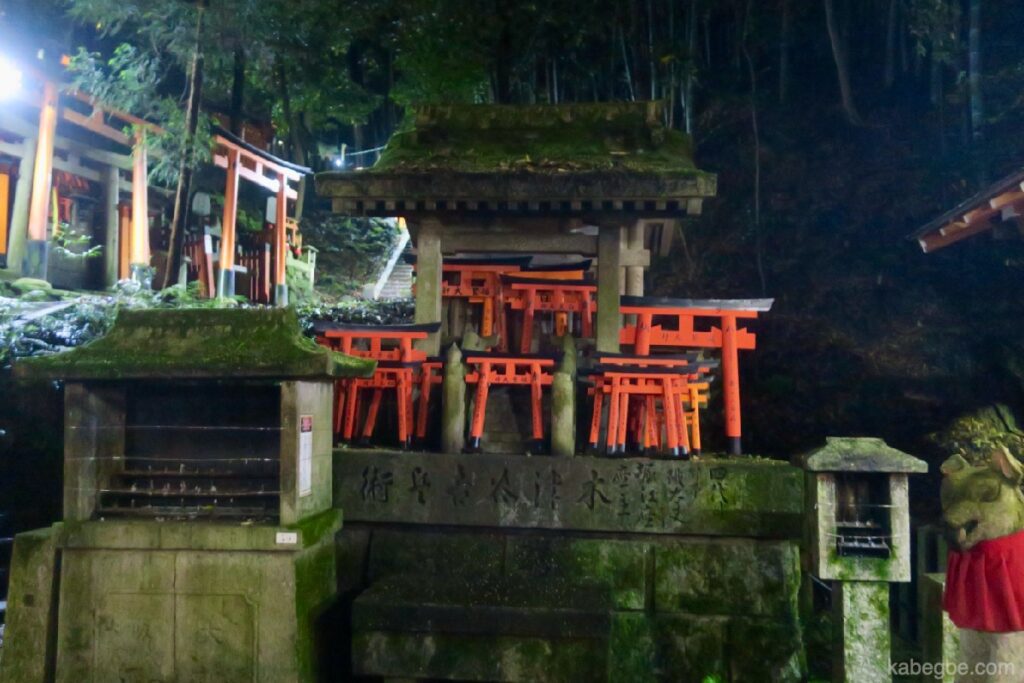
At Fushimi Inari Taisha, there are few people at night and you can enjoy the original atmosphere of the shrine..
There are few places in Kyoto where you can go sightseeing at night, so it is ideal for travelers who have a lot of energy.
Please visit Fushimi Inari Taisha Shrine at night with a minimum of preparation and vigilance.
(People who are worried about going at night, or if you are alone, it may be early in the morning.)